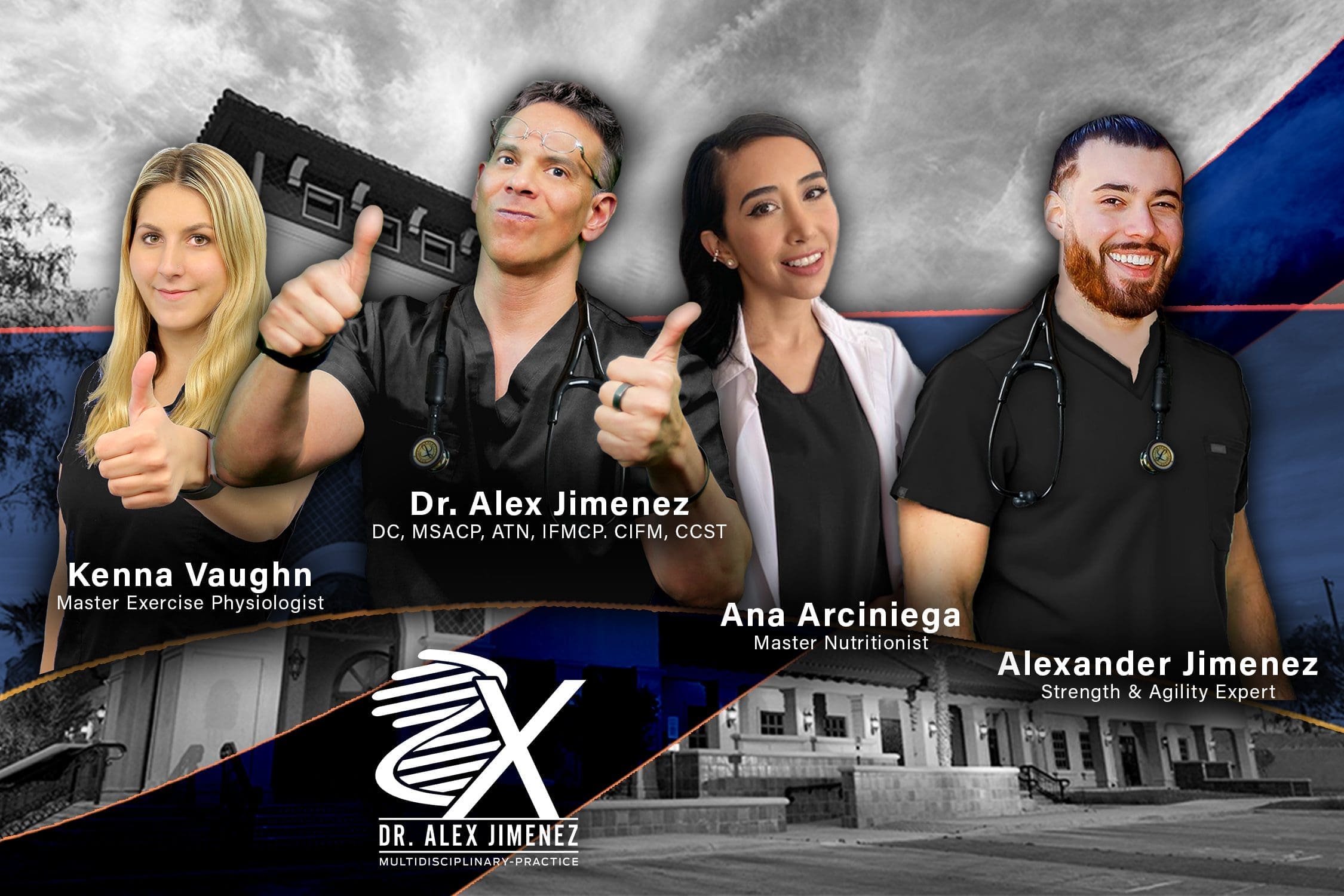Recover your password.
A password will be e-mailed to you.
Trending
- When You Don’t Stretch, Every Move Gets Harder
- Easy Ways to Reduce Holiday Stress with Exercise
- Avoiding Common Christmas Accidents This Holiday Season
- Magnesium Pain Relief: Top Supplements Explained
- Personal Injury Recovery: Fitness vs. Wellness Insights
- A Clinical Approach Analysis to Manage Opioid Use Disorder
- Pain Management Strategies for Opioid Therapy in a Clinical Approach
- Clinical Approach Strategies for Substance Use Disorder
- Activities to Improve Posture and Relieve Pain for All
- Functional Wellness Strategies Revealed for Autoimmune Conditions
Electroacupuncture Science
Acupuncture utilizes thin needles to stimulate specific points to relieve pain and other symptoms. Electroacupuncture follows traditional acupuncture with the insertion of thin, sterile needles into specific points on the body to regulate energy flow. Once the needles are placed into the points, wires are clipped onto the needles and plugged into an electro-therapy machine, which generates a mild electric current into the needles. It is believed to help increase blood circulation, which can help to relieve any pain and potential blockages. Electroacupuncture can treat various conditions, including:
Stress
Chronic pain
Muscle spasms
Arthritis
Sports injuries
Obesity
Hormonal imbalances
Digestive problems like constipation or diarrhea
Neurological conditions
Electroacupuncture increases the intensity of the signals sent to the body through the needles and can help increase the communication volume to the body.
It is soothing, providing a soft vibration and fluid treatment. The electrode ensures that the individual receives optimal stimulation, and treatments tend to be shorter than traditional treatments because of the continued and stronger electrical stimulation. An advantage of electro-acupuncture is its ability to simulate larger areas and increase the intensity of the signals sent through the needles to optimize treatment.

